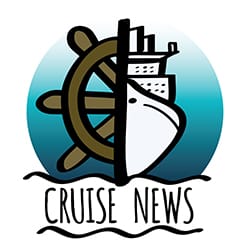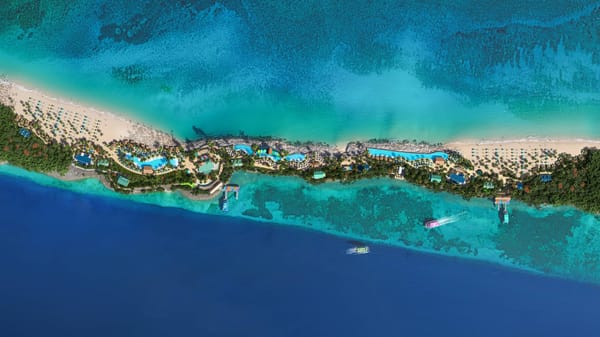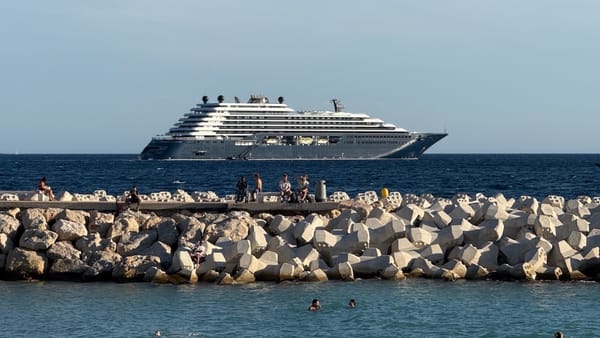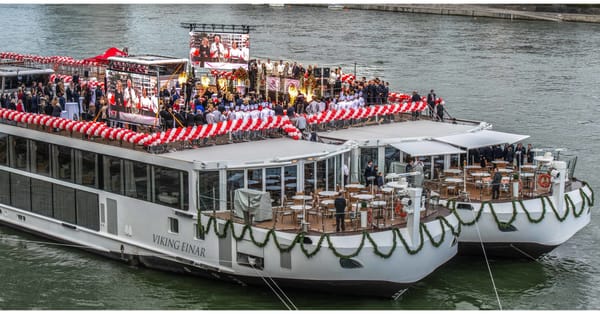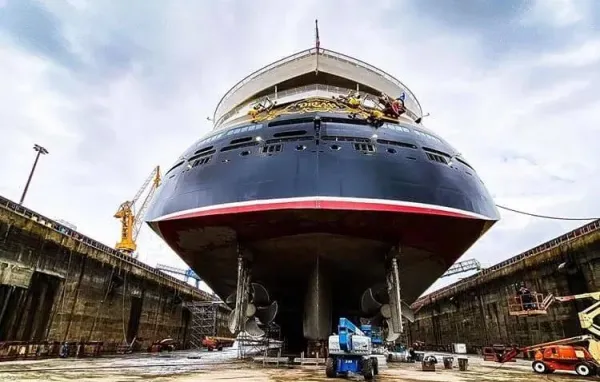Carnival Panorama Briefly Tilts in Gulf Storm, Nine Sustain Minor Injuries
The ship’s brief tilt amid a sudden Gulf of California storm tested the crew’s training and highlighted cruise ship safety systems, as travel continued with minimal impact to passengers.
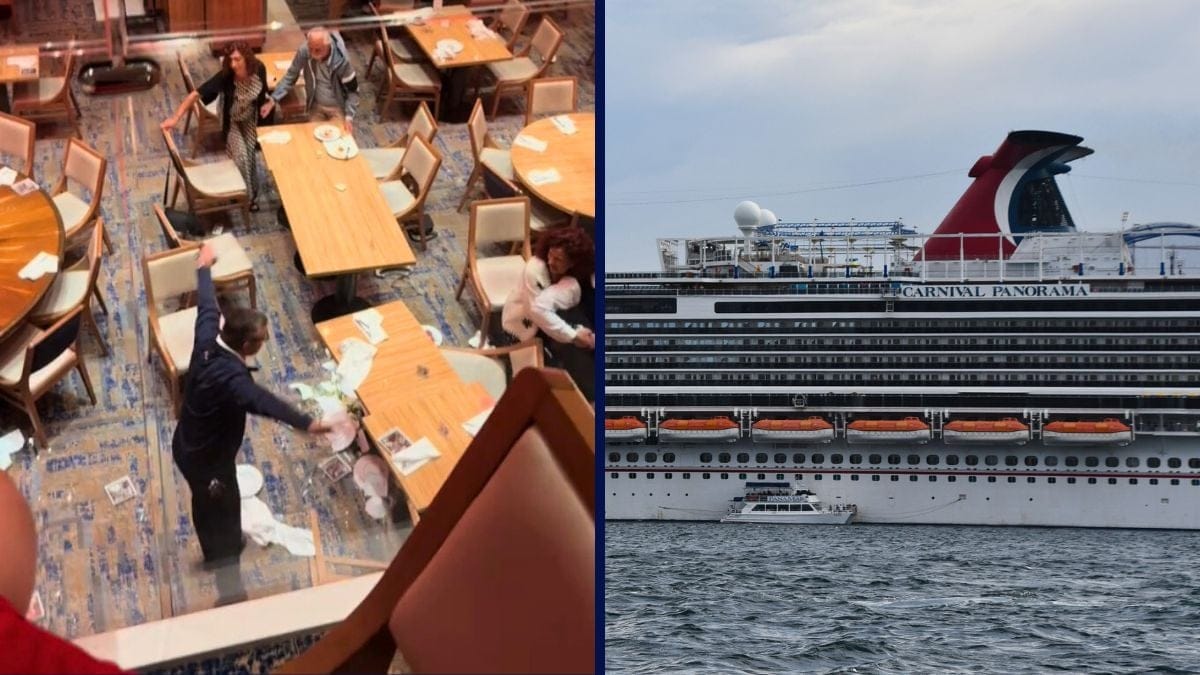
The Carnival Panorama faced challenging weather conditions during its eight-night Mexican Riviera cruise, resulting in a brief but unsettling tilt in the Gulf of California. The incident, which occurred at approximately 8:15 p.m. on Wednesday, August 20, caused alarm among passengers but was swiftly managed by the ship's captain and crew. Despite the disruption, the ship continued its itinerary on schedule without any serious injuries or major system failures, according to Carnival Cruise Line.
Sudden Storm Triggers Momentary Listing
As Carnival Panorama sailed between Mazatlán and La Paz, intense wind gusts and heavy rainfall unexpectedly disrupted the voyage. The prevailing conditions forced the captain to make abrupt course changes, which in turn caused the vessel to tilt sharply for about 30 seconds. This incident coincided with the second dinner seating, heightening the emotional impact for passengers.
Passenger-shared videos and photographs from the incident depicted chaotic scenes aboard the ship, including broken glass in dining areas, tipped-over retail shelves, and water seeping into the ship's main lobby and some elevator shafts amid dramatic lightning flashes outside. A live stage show was paused as a precaution, underscoring the crew's prompt action in safeguarding passengers.
Response and Passenger Impact
Carnival Cruise Line confirmed that nine passengers were treated at the on-board medical center for minor injuries, with no reports of life-threatening conditions. Two of those guests were slated for further evaluation at a hospital upon the vessel's next port of call in La Paz. Despite the unsettling nature of the episode, no significant damage to the ship’s systems or critical operations was reported, ensuring passenger safety and comfort.
Matt Lupoli, a spokesperson for Carnival Cruise Line, stated, "The incident was over quickly and as the captain maneuvered to calmer seas, crew members quickly turned their attention to assisting guests and cleanup. A small number of guests were checked by our medical team on board. There were no serious injuries and no significant impact to the ship's systems and features."
Seasoned travel consultant Joanna Kuther noted that while similar occurrences are rare, strong winds and abrupt imbalances can momentarily cause a cruise ship to list. “Cruise ships are built and engineered to handle such situations,” she explained, adding that crews are rigorously trained to take swift corrective action under such circumstances.
Minimal Operational Disruption
Despite the brief chaos, Carnival Panorama’s itinerary remained unaffected. The ship promptly resumed its journey to La Paz and was scheduled to make its next call at Cabo San Lucas before returning to Long Beach, its home port. Onboard systems, including most elevators, were restored soon after the incident, and passengers continued to use the amenities with minimal interruption.
“Weather-related listing events are uncommon but can happen even on large, modern ships,” said Lupoli, reiterating that Carnival's safety protocols had ensured a swift recovery. He also emphasized that such incidents underscore the importance of the ship's advanced engineering and design features, which include wide beams, stabilizers, and low centers of gravity to mitigate the effects of sudden shifts in weight and balance.
How Cruise Ships Handle Sudden Tilts
Short-term listing, often caused by weather or abrupt maneuvers, is a phenomenon that modern cruise ships are specifically designed to counteract. Key design features such as wide beams, stabilizers, and redundant systems help cruise ships regain balance quickly. Trained ship crews follow established protocols that include steering toward calmer waters, stabilizing the vessel, and addressing guest safety and operational issues immediately.
- Cause: Sudden high winds and heavy rain prompted abrupt course corrections, resulting in a shift in the ship's balance.
- Design Defenses: Structural measures such as a low center of gravity and advanced stabilizers safeguard passenger comfort and vessel stability.
- Operational Responses: Quick changes in speed or direction and the temporary closure of public spaces limit safety risks.
- Passenger Measures: Guests are advised to follow crew instructions, secure their belongings, and hold onto handrails during rough weather conditions.
Frequently Asked Questions (FAQs)
What caused the Carnival Panorama to tilt?
The tilt resulted from intense wind gusts and heavy rainfall encountered in the Gulf of California. These weather conditions prompted abrupt adjustments to the ship's course to ensure safe passage.
Were there any injuries during the incident?
Nine passengers received medical attention for minor injuries. Upon arrival in La Paz, two of the individuals were scheduled for additional medical evaluations. No life-threatening injuries were reported.
Was the ship’s itinerary affected by the incident?
No, the Carnival Panorama maintained its planned schedule. The ship reached La Paz as intended and continued its stops at Cabo San Lucas before returning to Long Beach.
How are cruise ships designed to handle weather-related listing incidents?
Modern cruise ships are equipped with features such as wide beams, low centers of gravity, and stabilizers to minimize the risk of tipping or rolling during rough weather. These vessels are built to withstand extreme conditions and maintain operational safety during short-duration tilts.
What steps were taken to address guest safety and operational concerns?
The captain promptly steered the ship to calmer waters, and the crew focused on assisting passengers and restoring affected areas. Most elevators were operational shortly after the incident, and the ship resumed normal activities quickly.
